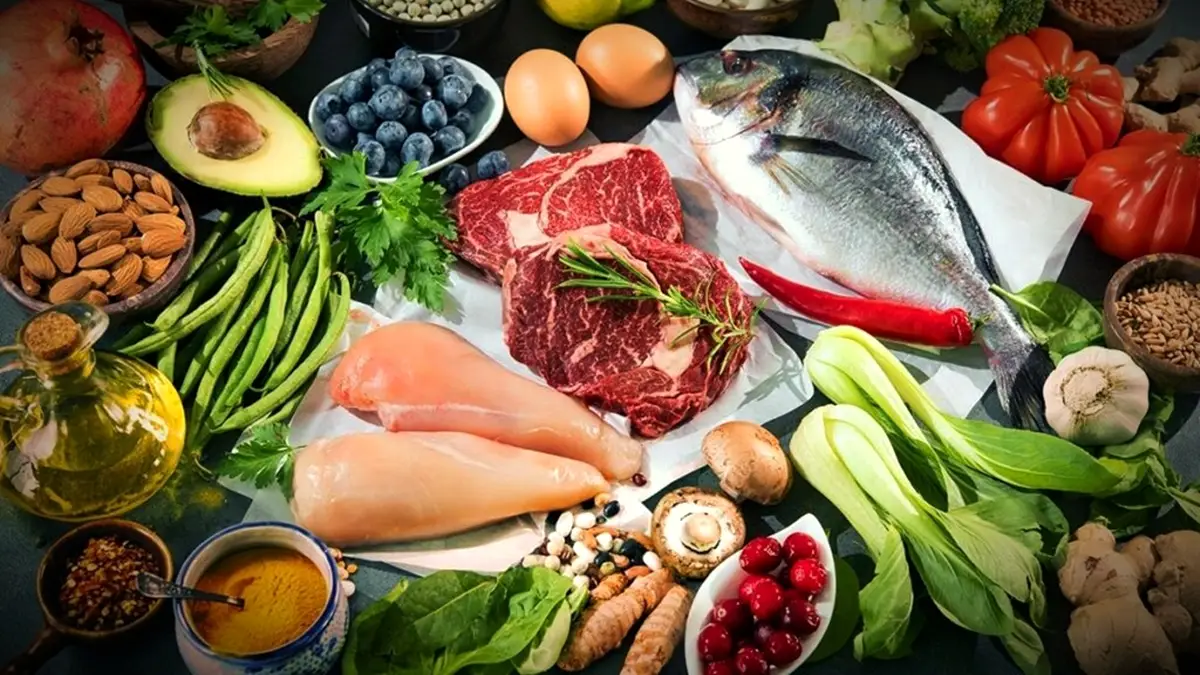“Whole foods” are foods that remain close to their natural state. They have not been significantly processed or altered, and typically contain no artificial additives or preservatives. The term is most commonly used to refer to fresh vegetables, fruits, legumes, and whole grains, but it also applies to animal-based foods like unprocessed meats, dairy, and seafood.
It’s not always easy – or helpful – to categorize foods strictly as either “whole” or “processed”. Most foods we eat have been processed in some way, whether that’s being washed, chopped, frozen, canned, precooked – or nutritionally altered. Processing isn’t always a bad thing. In fact, it can help preserve nutrients, improve shelf life, and make foods more accessible. For instance, freezing fruits and vegetables is a form of processing that retains their nutritional value and allows for year-round availability.
However, not all processing is equal. Foods that are heavily modified – like fruit canned in sugary syrups or vegetables creamed with added fats – tend to lose some of their nutritional benefits. These highly processed versions often contain extra sugar, salt, or unhealthy fats that reduce the nutritional goodness of the original food.
When following a whole-foods approach, it’s perfectly fine to include lightly processed items like plain yogurt, cheese, or canned fish – as long as these foods contain few added ingredients. In fact, frozen fruits and vegetables can actually be a healthier choice than their fresh counterparts if the latter are likely to sit unused for too long in your fridge or pantry and spoil.
The key is to minimize your intake of ultra-processed foods, such as microwaveable meals, frozen pizzas, sugary cereals, soft drinks, and fast foods.
How to Spot Highly Processed Foods
Highly processed foods are usually easy to recognize: they come prepackaged with long ingredient lists full of unfamiliar names, E-numbers and difficult-to-pronounce chemicals – and they often contain high levels of added sugars, sodium (salt), and synthetic additives.
Excessive salt intake can contribute to high blood pressure, a significant risk factor for heart disease and stroke. And excess sugar – especially from processed foods – has been strongly linked to weight gain, type 2 diabetes, and many other chronic health problems.
Are All Processed Foods Unhealthy?
Not at all. Most foods available in supermarkets are processed to some extent, but the degree and type of processing make all the difference. Minimally processed foods retain most of their original nutrients, while ultra-processed foods often replace them with artificial ingredients.
Here’s a general breakdown:
- Minimally Processed Foods
These have undergone basic preparation – such as washing, cutting, drying, fermenting, or freezing – that doesn’t substantially change their nutritional value. (Pasteurization is sometimes also considered to be a minimal form of processing, but not in the case of fermented and cultured foods – pasteurization kills beneficial bacteria (probiotics) and leads to a reduction in heat sensitive vitamins.) Examples include:- Frozen fruits and vegetables
- Dried fruit
- Dried meat (“biltong”)
- Smoked or canned fish (in natural fish oils, olive oil or spring water – strictly NO seed-oils!)
- Fermented foods (like unpasteurized yogurt, kefir, sauerkraut, kimchi, and no-sugar-added pickles)
- Natural cheeses (like cottage cheese, feta, ricotta, paneer)
- Cold-pressed fruit and nut oils (such as olive, avocado, coconut, and almond oils – NO seed oils!)
- Raw or roasted nuts and seeds (ideally unsalted)
- Unsweetened cereals like rolled oats or some types of muesli
- Processed Foods
These are altered with mostly natural ingredients – such as salt, sugar, starches, fats (oils), and spices – to enhance flavour or shelf life. They can still be part of a healthy diet when consumed in moderation. Examples include:- Some deli meats (ham, corned beef, sausages)
- Dry-cured meats (like jerky, “droëwors”, prosciutto and certain types of salami)
- Canned vegetables and legumes
- Most cheeses
- Salted nuts
- Freshly baked bread
- Ultra-Processed Foods
These are industrial products with ingredients not typically found in home kitchens – chemical preservatives, emulsifiers, modified starches, modified and artificial sweeteners, and synthetic flavourings that do not resemble food from nature. They are often highly engineered and designed for shelf stability and convenience, and are typically high in calories and low in nutrients. Ultra-processed foods are typically found in the centre aisles of supermarkets, alongside other packaged goods. Examples include:- Instant noodles, frozen meals, and snack foods
- Baked goods made with refined flour and sugar (including mass-produced breads)
- Sweetened breakfast cereals and granola bars
- Sugary carbonated drinks, energy drinks and fruit drinks (excluding 100% pure fruit juices)
- Ice cream, chocolate bars and all sweets (candy)
What You Need to Know
While the breadth of what you can eat on a whole foods diet is surprisingly large – meat, eggs, dairy, vegetables, fruit, nuts, legumes, and more – there are a few telltale markers of foods that don’t fit the bill.
Foods that include:
- Highly refined and modified ingredients
- Added sugars (natural, modified, or artificial)
- Synthetic preservatives, colours, or flavours
There’s also a significant “gray” area when it comes to animal products. Meats, poultry, and farmed fish are often raised on unnatural diets (like soy and grains) and treated with antibiotics or hormones. While choosing grass-fed, free-range, or ethically raised products is always a healthier and more sustainable choice, these options are not always readily available everywhere – and they tend to be more expensive.
Final Thoughts
Choosing whole or minimally processed foods most of the time is one of the most effective ways to support your health. You don’t have to be perfect – just informed. Think of it as a spectrum, not a strict rulebook. By gradually shifting away from ultra-processed foods and toward more natural, nutrient-rich options, you’re doing your body a big favour – one wholesome bite at a time.

